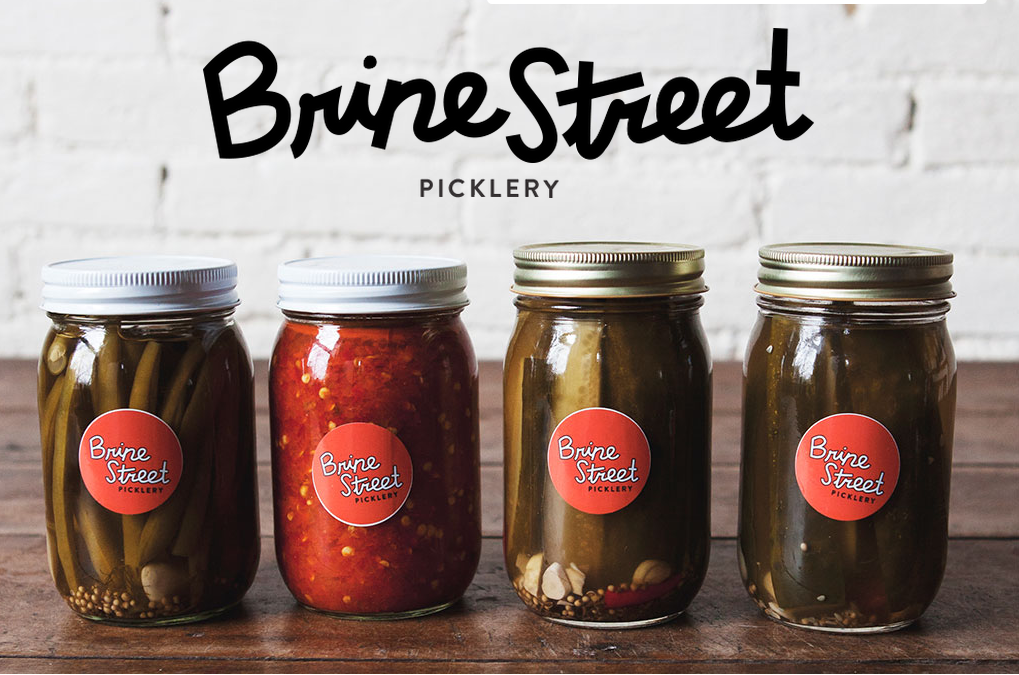Podcast: Play in new window | Download
Subscribe: RSS

Thanks for joining us for today’s episode so soon after the long Labor Day weekend!
On this week’s show we reacted to the recent New York Times article, My Dinner with Longevity Expert Dan Buettner.
We returned to an already familiar topic for us: Pizza. Specifically, we discuss how to make homemade pizza easy and convenient. Joy explains her “Pizza System” and Marisa tells you how to use pizza night to clean out the crisper and eat more vegetables.
As promised, here’s Joy’s pizza dough recipe taped to her KitchenAid.
Marisa strongly recommends this free online class from Craftsy, Perfect Pizza at Home with Peter Reinhart.
While we were discussing the art and craft of the packed lunch, whether for school or for work, Marisa mentioned one of her favorite ingredients from childhood: Toby’s Tofu Paté.
It’s not available on the East Coast, but Joy found a delicious looking recipe for a homemade version, and she’s going to test it out soon to see if she likes it, too.
Our guest is PJ Hopkins, of Brine Street Picklery. (If you like things spicy, try their Hoagie Relish.)
In our At the Market segment, we discussed buying local, pastured pork from Philadelphia Cow (and Pig) Share. Joy bought a quarter pig after reading Pig Tales by Barry Estabrook.
It’s a book you might like, too.
If you like what you hear, make sure to subscribe! Bonus points if you rate us or leave a review. Follow us on twitter @localmouthful and help us spread the word about the show.
My lunchbox strategy this time of year is to bring prepped veg from my CSA into the office on Mondays and eat from it all week, making a superfresh big-ass salad every day. I add protein each day either from home or, if need be, by purchasing it just before lunch (a place in my work neighborhood sells rotisserie chickens in increments of quarter-chickens!)
The CSA/seasonal veg fridge stash usually consists of a big bag of cleaned lettuce, a big container of boiled green or wax beans; several cucumbers; summer squash (raw squash sliced thinly into salads; sauteed squash reheated or eaten cold); roasted or boiled new potatoes; sliced sweet peppers; any seasonal berries; and so on. On my desk I keep some tomatoes and peaches, both of which get sliced into the daily salad with a sheathed sharp knife I keep in my desk drawer, along with a stash of good balsamic, a vegetable peeler, and a big bowl.
The commentary I get on this “ohmygoodness so HEALTHY” lunch every day is priceless. I don’t eat it cuz it’s healthy, I eat it because it’s delicious, but folks always want to comment…:)
It sounds like you’ve got the lunch thing hooked up!
Hi ladies! Loving this podcast so much!
I’m commenting to offer clarification around the terms “pastured” and “grass-fed,” which Joy mentions in her enthusiastic endorsement of the excellent Philly CowShare.
“Pastured” means that the livestock — poultry, pork, beef, lamb, goat, etc — is raised outdoors on pasture. This is beneficial to the health and well-being of the livestock animal and is often integrated by the grower into a rotational system in which different livestock animals, cover crops, and/or food crops are raised in a certain order on a particular patch of land.
“Grass-fed” applies only to ruminants like sheep and cows. Many producers who raise ruminants on pasture supplement their diet of grasses with a small amount of grain to help with milk production or achieve a certain quality of meat. Others, whose products would bear the label “100% grass-fed,” only allow their livestock to eat grass, the animals’ natural food source.
So you would look for “pastured” pork or chicken, but never “grass-fed” pork or chicken — these animals are perfectly healthy eating supplemental feed made from corn, soy, or other grains as well as produce scraps, insects, and/or forage from the woods.
Thanks for spreading the word about local pastured meats!
Thanks Alex!!!